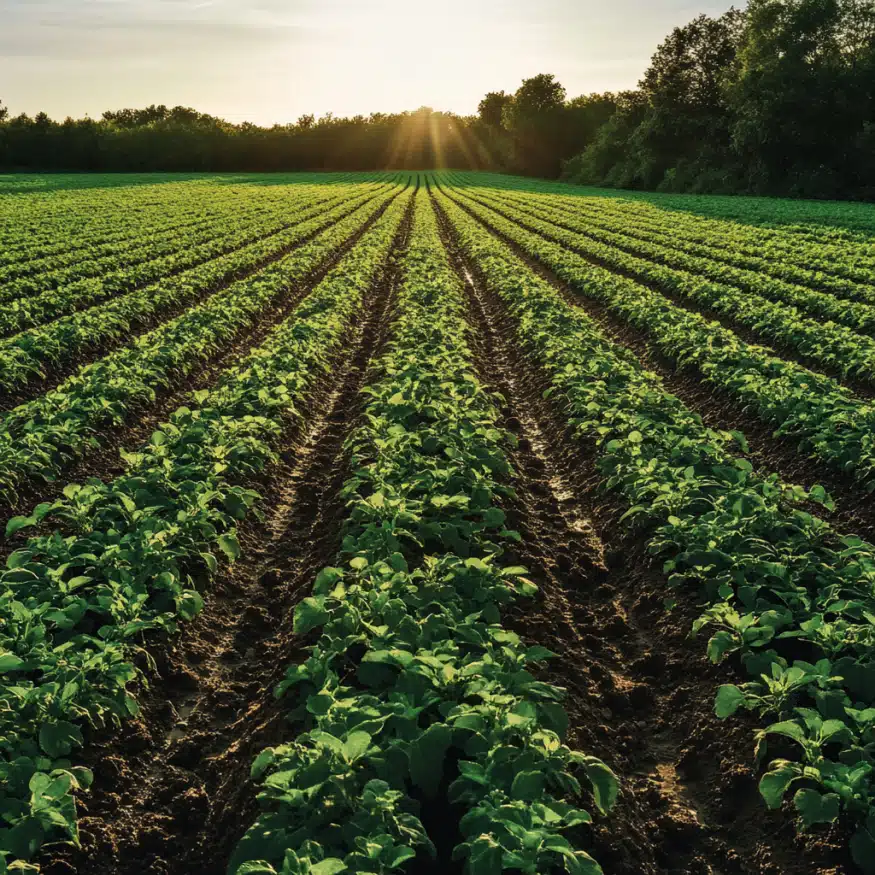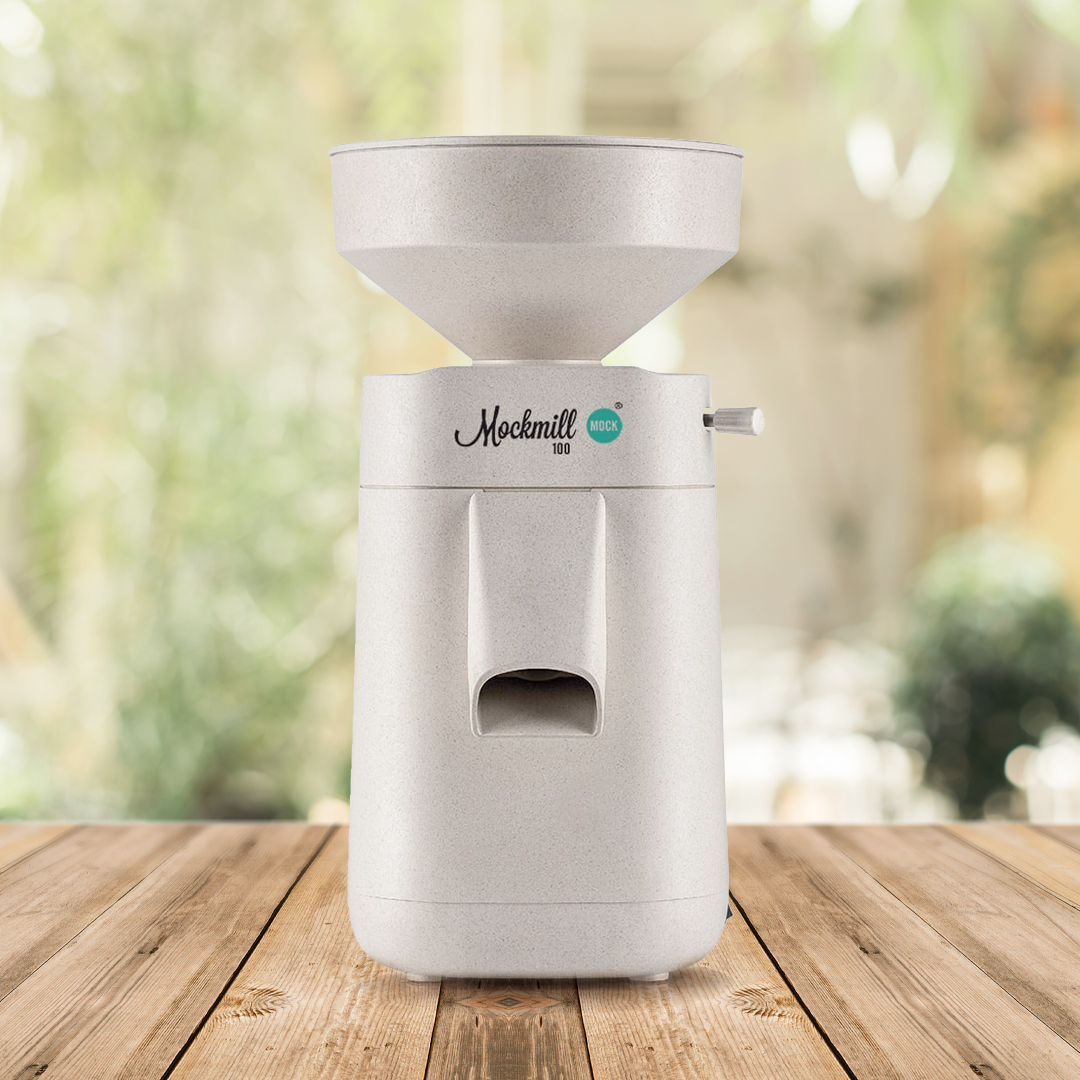Regenerative farming is rapidly gaining recognition as a transformative approach to agriculture. Unlike conventional farming, which often depletes soil and harms ecosystems, regenerative farming aims to restore and enhance the land’s health while producing food. By prioritising soil regeneration, biodiversity, and ecosystem balance, this practice offers a sustainable alternative to modern agricultural methods.
At DeliverDeli, we’re committed to supporting suppliers who place a strong focus on regenerative practices. Among these is Gilchesters, a renowned farm that grows heritage grains using organic methods. Their commitment to soil health and crop diversity has made them a long-time standout in sustainable farming. Another partner, Wild Farm, specialises in growing grains without the use of pesticides or artificial fertilisers. Their innovative approach ensures that soil and ecosystems thrive, contributing to healthier crops and land. Most recently, we’ve partnered with Bruern Farm, an estate in Oxford that has embraced regenerative farming across its operations, using practices such as rotational grazing and reduced tillage to improve soil vitality and biodiversity.
Wheat Farming – Common Regenerative Practices
Regenerative wheat farming focuses on improving soil health, biodiversity, and ecosystem services while ensuring crop productivity. Here are five common regenerative wheat farming practices:

1. Cover Cropping
- Farmers plant cover crops like legumes, clover, or grasses during the off-season to protect the soil from erosion, add organic matter, and fix nitrogen into the soil. This enhances soil fertility and reduces the need for synthetic fertilizers.
2. No-Till or Reduced-Till Farming
- No-till or reduced-till farming minimizes soil disturbance, which preserves soil structure, moisture, and microbial life. This practice reduces erosion, improves water retention, and sequesters more carbon in the soil.
3. Crop Rotation and Diversification
- Rotating wheat with other crops like legumes, oilseeds, or vegetables improves soil health by breaking pest and disease cycles and diversifying root systems, which enhance nutrient availability and soil structure.
4. Integrating Livestock
- Incorporating livestock like sheep or cattle into the farming system can improve soil health by grazing cover crops and adding manure, which increases soil organic matter and promotes biodiversity in the ecosystem.
5. Agroforestry and Perennial Crops
- Planting trees or integrating perennial plants with wheat can help manage wind erosion, provide shade, and improve biodiversity. Agroforestry systems also contribute to carbon sequestration and enhance ecosystem services.
These practices collectively aim to enhance long-term soil health, biodiversity, and sustainability while reducing reliance on chemical inputs.
At the heart of regenerative farming is the belief that healthy soil is key to healthy crops, livestock, and, ultimately, humans. Farmers focus on practices like crop rotation, cover cropping, and minimal tillage, helping to retain soil moisture, reduce erosion, and increase organic matter. This also helps capture and store carbon in the soil, playing a crucial role in combating climate change.
The long-term benefits of regenerative farming extend beyond environmental improvements. Healthier soils produce more nutritious food, and sustainable land management reduces dependence on costly agricultural inputs. At DeliverDeli, we’re proud to champion farms like Gilchesters, Wild Farm, and Bruern Farm as they lead the way in this vital movement for the future of farming.
Regenerative farming offers a hopeful vision for the future, where agriculture works in harmony with nature rather than against it.
Sourdough Hydration Calculator Buy a Sourdough Starter Sourdough Recipes

 Challenger Bread Pan
Challenger Bread Pan Mockmill 100 Grain Mill
Mockmill 100 Grain Mill Chocolate Sourdough Starter Kit
Chocolate Sourdough Starter Kit Netherton Foundry Iron Bread Tin
Netherton Foundry Iron Bread Tin
 The Spring Oven Bread Pan
The Spring Oven Bread Pan Netherton Foundry Bread Pan
Netherton Foundry Bread Pan